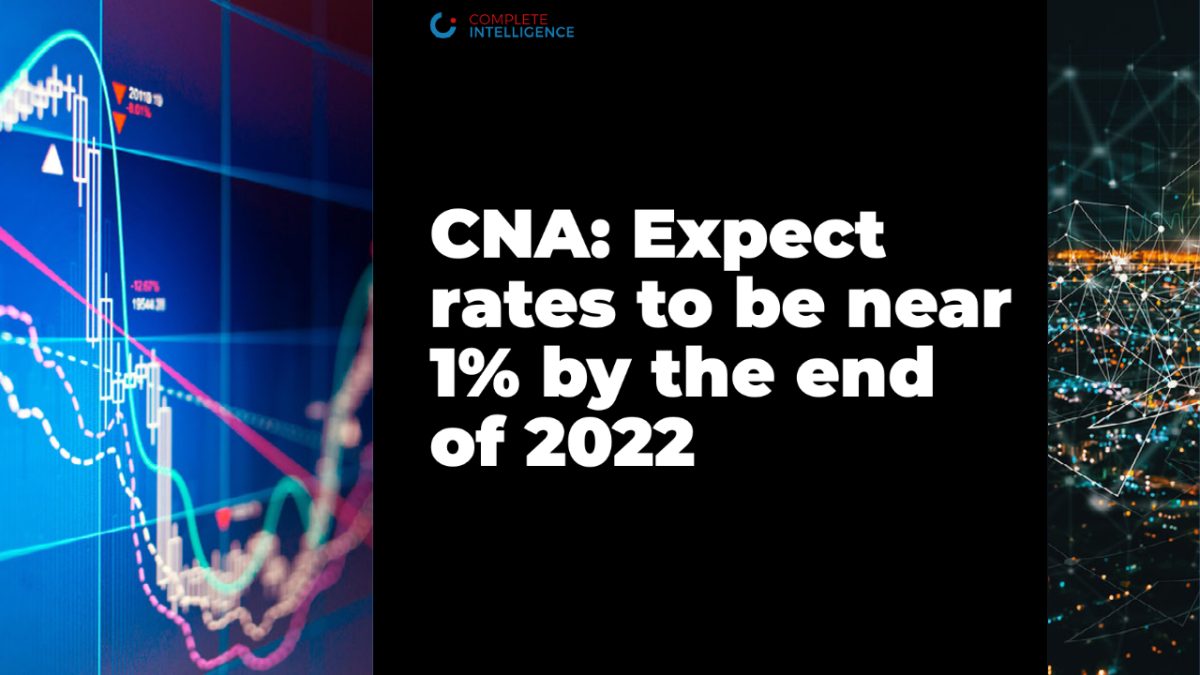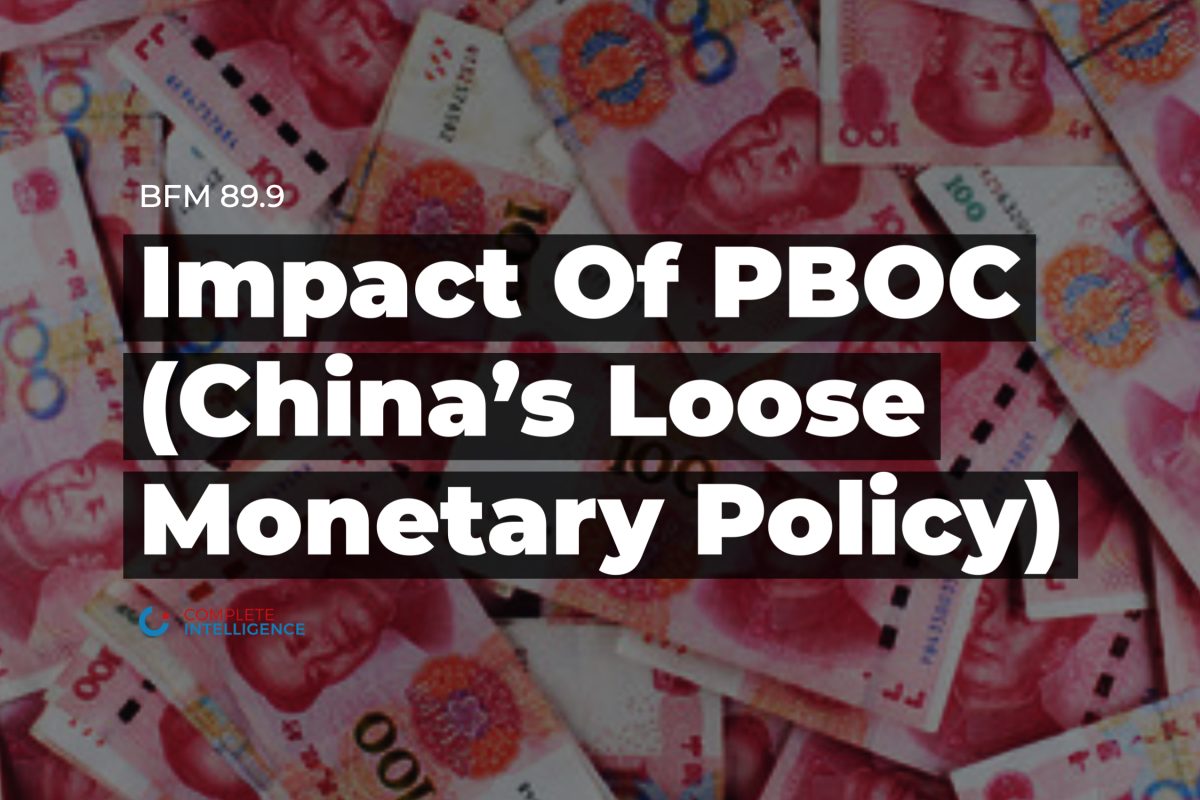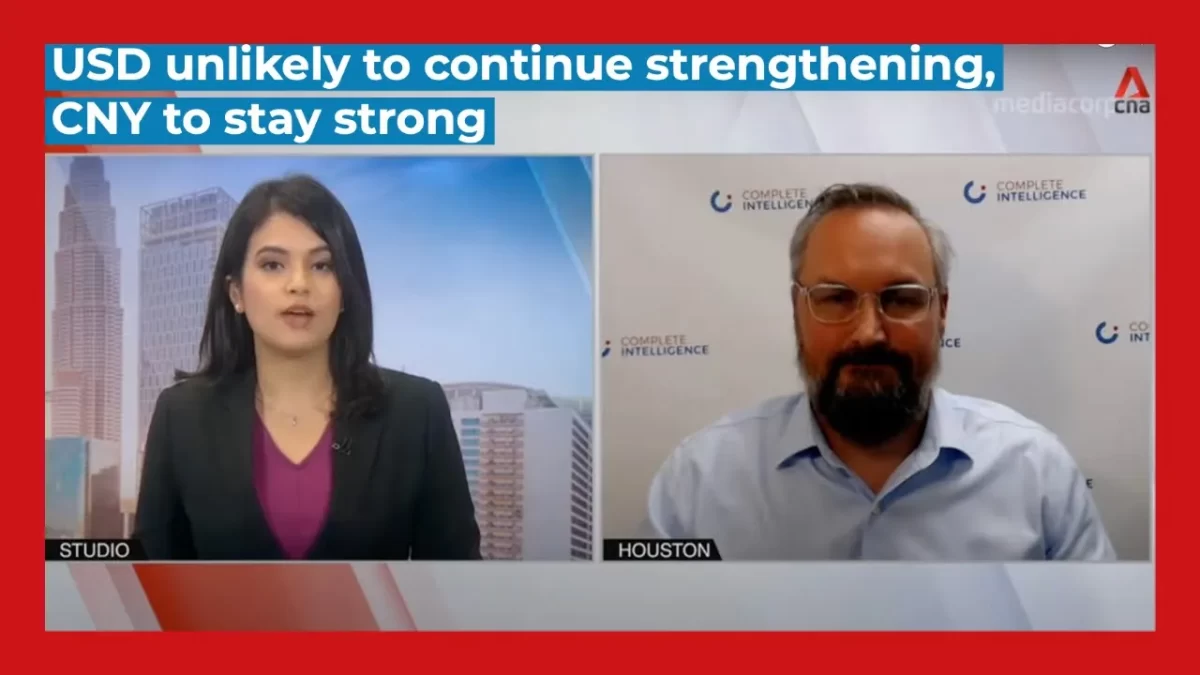The full episode was posted at https://www.channelnewsasia.com. It may be removed after a few weeks. This video segment is owned by CNA.
US banking giants express optimism for the year ahead despite warning of potential risks to the economic recovery. Sachs reports a 51% increase in earnings, driven by strong performance in asset and wealth management. However, Morgan Stanley’s net income falls over 30% due to charges, reflecting a mixed performance in the banking sector. The market sell-off is attributed to concerns about the resilience of US markets, potential volatility in the coming months, and uncertainty surrounding the upcoming presidential election and US fiscal spending.
Additionally, Wall Street is affected by the mixed reports from Goldman Sachs and Morgan Stanley weighing on market sentiment.
The show also discusses the upcoming reports from middle regional banks to gauge the performance of commercial lending, consumer activity, and the overall tone for corporate finance and insurance in the next quarter. Overall, market sentiment remains cautious due to uncertainties surrounding economic indicators, the upcoming election, and fiscal spending in the US.

✅ Create and forecast your own investment portfolios.
✅ 94.7% market forecast accuracy.
✅ 1,600+ assets forecasted every week.
Subscribe to CI Markets free. Learn more.
Transcript
CNA
US banking giants are finally calling the bottom, signaling a deal making comeback in the coming months. Executives of two major lenders expressed optimism for the year ahead as they reported fourth quarter earnings. But they also warned of risks that could disrupt the economic recovery. And Goldman Sachs stuck the landing after tumultuous year for the bank. Its earnings jumped 51% in the fourth quarter from a year ago. A strong performance from its asset and wealth management business supported the profit boost, offsetting weaker investment banking, and its shares ended up about seven tenths of a percent. Meantime, Morgan Stanley also topped revenue estimates on an investment banking rebound. But the net income fell more than 30% due to one of charges, pushing its shares lower by more than 4% there. Now it is the first scorecard under new CEO Ted pick, who warned of two major downside risks, including concerns around geopolitics and the health of the US economy. Those bank earnings results posing one of the biggest drags on Wall street, pushing all three major indices lower overnight. Now the S&P 500 had been trading near its all time closing peak, reached in 2022 over the past several sessions, but it is now down about 1% from that record high.
CNA
Meantime, the tech heavy Nasdaq shed about two tenths of a percent. Boeing was the biggest loser in the Dow, shedding about 8%. The plane maker has yet to regain investor confidence after us aviation regulators extended the grounding of its seven three seven max nine jets indefinitely for new safety checks. Spirit Airlines, though, losing more altitude over a blocked acquisition deal. A federal judge ruled against JetBlue’s nearly $4 billion takeover proposal of spirit airlines over antitrust issues. And as equities tumbled, US treasury yields rose with the dollar amid easing rate cut expectations. Yields on benchmark tenure notes are back above 4%. Again on hawkish remarks from Fed governor Christopher Waller. Tony Nash, founder and CEO at Complete Intelligence, joins us for more now. Tony, we’re looking at Wall Street’s sell off accelerating. We’re hearing at the that, you know, markets may have gotten ahead of themselves regarding how deep and how fast those policy rate cuts could be. Your take on that and how we can expect markets to move?
Tony Nash
Sure, the problem with us markets right now is that they’re priced for perfection. So if anything goes wrong, if the Fed signals an overly hawkish message or an overly dovish message, or say, a government macroeconomic data print comes out that isn’t perfect, or if company earnings don’t come out that aren’t perfect, then we can really see some wobbles in us markets. So I’m not really sure about the resilience of markets here. I think what we’ve been telling our customers is you’re going to see some intramonth volatility for the next few months until investors become confident in the direction of the Fed.
CNA
At the same time, this year is a pretty big one. For the US. It is election year. How much of this of lack last step performance is actually due to this? S&P 500 historically performs well in an election year, but it typically sees a slower start first, or is this just part of what is usually happening?
Tony Nash
Yeah, a lot of this really depends on Janet Yellen, the treasury secretary. If she can sell enough bonds to have cash to spend money from the US government, then we can really see markets rally pretty hard. But if Yellen can’t get the authority and can’t sell the bonds necessary to do that, then the US fiscal spending will be problematic. We also have a budget that’s going through in the US and a tentative budget agreement. If the Republicans halt that agreement and make more fiscal spending cut demands, then that could weigh on the US economy as well. Yes, traditionally markets do well in a presidential year, but I think there’s a little bit uncertainty around the election. And people, I think people are a little bit hesitant to spend partly because they’re a little bit loaded up on debt or a lot loaded up on debt. And we’ve seen a really robust 22 and 23. And so really people are wondering how far can we push this in 2024?
CNA
Indeed, dampening sentiment there. Big bank earnings. We’ve got Goldman and Morgan did the latest two report appears to be quite a mixed bag, but mostly not so great this quarter. And that’s weighed on Wall street as well. How do you read the latest earnings report? Are we talking bad debt, the lingering effects of high for longer rates? And what does it tell you about the consumer?
Tony Nash
Yeah, I think that what we’re really waiting for is some of these middle regional banks to see how they report because we’ll know how, say, commercial lending is doing and how commercial real estate lending and how consumers are doing. It’ll be much more evident as we see these regional and mid sized banks report. The larger banks, they’ll be fine. They are fine. They know how to manage and trade off the different lines of business that they have. It really is the mid sized banks that we’re waiting on and that will set the tone for a lot of the corporate finance and banking and insurance for the next quarter.
CNA
All right, Tony, appreciate time this morning. Tony Nash, founder and CEO at Complete Intelligence.





